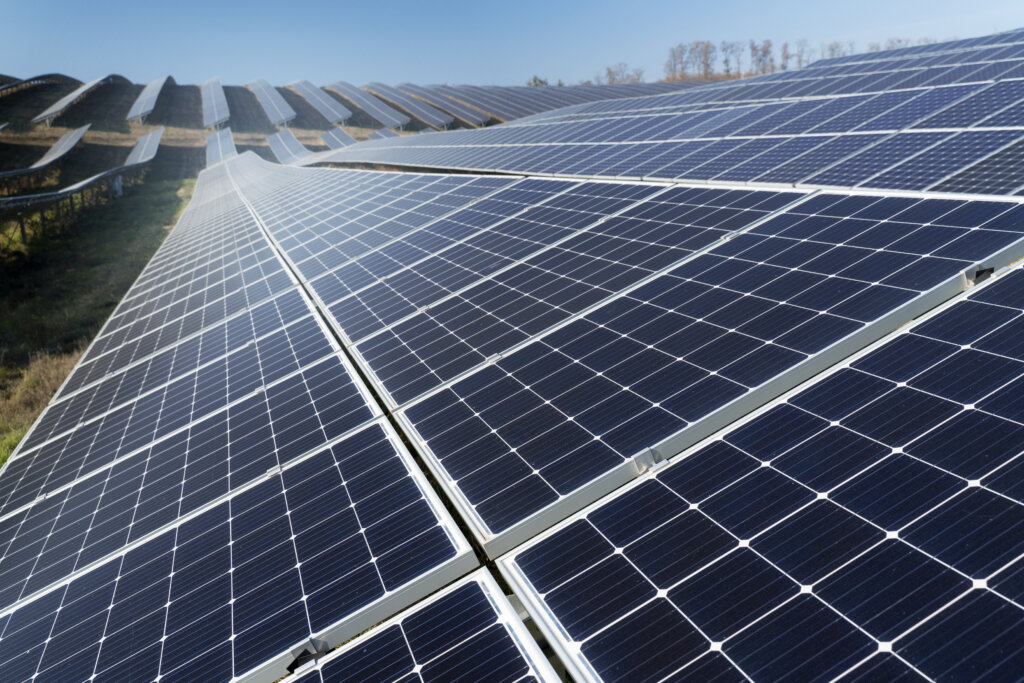Rooftop Solar Panel Installation
Rooftop solar panel installation is the process of mounting photovoltaic (PV) systems on the roofs of residential, commercial, or industrial buildings to generate electricity. This method of harnessing solar energy is rapidly gaining popularity due to its potential for reducing electricity bills, enhancing energy independence, and contributing to sustainability goals. Unlike ground-mounted systems, rooftop installations optimize unused building surfaces, making them ideal for dense urban areas.
With growing concerns over fossil fuel dependency and climate change, rooftop solar solutions—especially residential solar panels—have become a mainstream alternative. The design, installation, and performance optimization of these systems, however, require a deep understanding of structural integrity, electrical configuration, local environmental conditions, and regulatory compliance.
What Is Rooftop Solar Panel Installation?
Rooftop solar panel installation involves placing solar PV modules on rooftops to capture sunlight and convert it into electricity through the photovoltaic effect. These installations can be grid-tied, off-grid, or hybrid systems and typically include the following key components:
- Solar Panels (monocrystalline or polycrystalline)
- Mounting Structures to fix panels at the correct angle and orientation
- Inverters to convert DC electricity to usable AC power
- Balance of System (BoS) including wiring, junction boxes, and connectors
- Monitoring Systems for performance tracking
The process starts with a site assessment, continues through system design, permitting, and installation, and ends with inspection and commissioning. For those looking for compact, flexible setups, the best portable solar panels offer a plug-and-play alternative for temporary rooftops or smaller power needs.

Types of Rooftop Solar Installations
Grid-Tied Systems
These are the most common installations where the solar system is connected directly to the utility grid. Excess electricity can be exported back to the grid, often benefiting from net metering policies.
Off-Grid Systems
Used in remote areas without access to the utility grid. These systems require battery storage to provide electricity during nighttime or cloudy days.
Hybrid Systems
A combination of both grid-tied and off-grid, hybrid systems use batteries but can also draw or export power from/to the grid. This setup provides flexibility and backup during power outages.
Residential Solar Installations
Designed specifically for households, these systems focus on optimizing available roof space, managing solar panels for home cost, and reducing dependence on utility power.
Advantages of Rooftop Solar Panel Installation
Cost Savings
Installing a rooftop system significantly reduces electricity bills. With the average cost for solar panels decreasing globally, homeowners and businesses can recover their investment within 5–7 years, depending on local energy tariffs and incentives.
Energy Independence
Solar power allows users to generate their own electricity, reducing dependence on external energy providers and insulating them from price volatility.
Environmental Benefits
Rooftop solar reduces carbon emissions and air pollutants. A typical residential installation offsets about 3–4 tons of CO₂ annually.
Optimized Space Usage
Utilizing rooftop space eliminates the need for additional land acquisition, making it ideal for urban settings.
Increased Property Value
Properties with installed rooftop solar systems are seen as energy-efficient and environmentally responsible, often fetching higher resale values.
Disadvantages and Challenges
Structural Limitations
Some roofs may not be structurally capable of supporting the weight of panels, especially older buildings. Roof slope, orientation, and shading can also affect feasibility and performance.
Weather Impact
Heavy rains, snow, dust accumulation, or high winds can reduce solar output and damage panels. Hail or debris can cause surface damage.
Upfront Costs
Despite declining equipment prices, upfront expenses including installation, permits, and electrical upgrades may deter some users.
Maintenance Requirements
Though minimal, solar systems require periodic cleaning and occasional technical service to maintain peak performance.
Aesthetic Concerns
Some homeowners may be reluctant to alter the appearance of their roof with visible panels or mounting gear.
Maintenance Methods and Optimization Strategies
Structural Reinforcement
Before installation, structural audits ensure the roof can bear additional loads. Retrofit supports or bracing may be added for stability.
Monitoring Systems
Modern rooftop setups include monitoring tools to track energy production, panel health, and inverter status. Alerts are triggered when anomalies occur.
Preventive Cleaning
Dirt, leaves, and bird droppings can reduce panel efficiency by up to 20%. Periodic cleaning (once every 3–6 months) is recommended.
Smart Inverters and MLPE
Using Microinverters or Power Optimizers helps mitigate shading losses and maximize production on partially shaded or multi-angled roofs.
Thermal and Infrared Checks
Annual thermal imaging inspections detect hot spots, which may indicate faulty wiring or degraded panels.
Compliance and Regulatory Considerations
Electrical Safety Codes
Installations must meet national or regional codes such as the National Electric Code (NEC) or IEC 60364, ensuring proper grounding and fault protection.
Structural Safety
In areas prone to storms or earthquakes, building codes may require wind loading, fire rating, or seismic performance documentation.
Environmental Regulations
Installers must comply with clean energy mandates, net metering policies, and utility interconnection requirements.
Inspection and Permitting
Most jurisdictions require permits and inspections from local building departments, which verify system design, fire safety access, and installation practices.
Common Applications
- Residential Houses: Lowering energy bills and improving sustainability
- Commercial Buildings: Reducing peak demand charges and improving green building credentials
- Warehouses & Industrial Facilities: Utilizing large flat roofs for high-output generation
- Temporary Installations: Using the best portable solar panels for off-grid events or mobile workspaces
- Schools and Government Buildings: Promoting energy education and reducing operational costs
Rooftop solar panel installation is more than just placing panels on a roof—it’s a complex interplay of electrical engineering, structural integrity, environmental science, and economic
Our trusted customers











